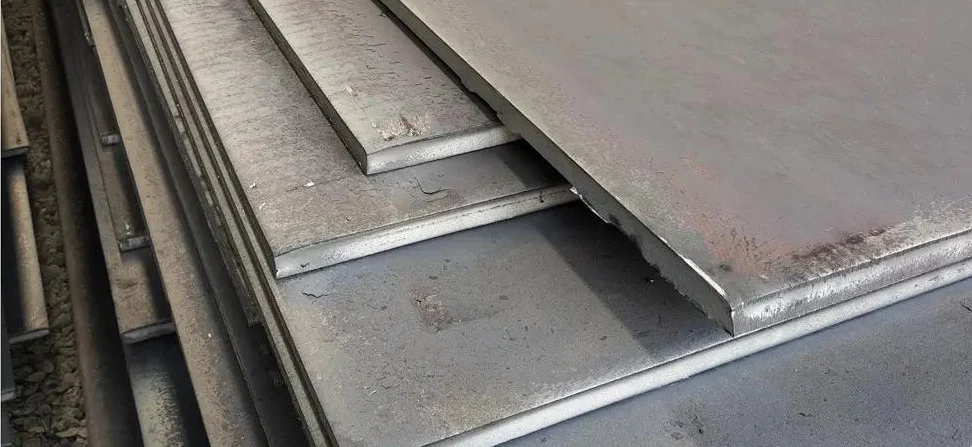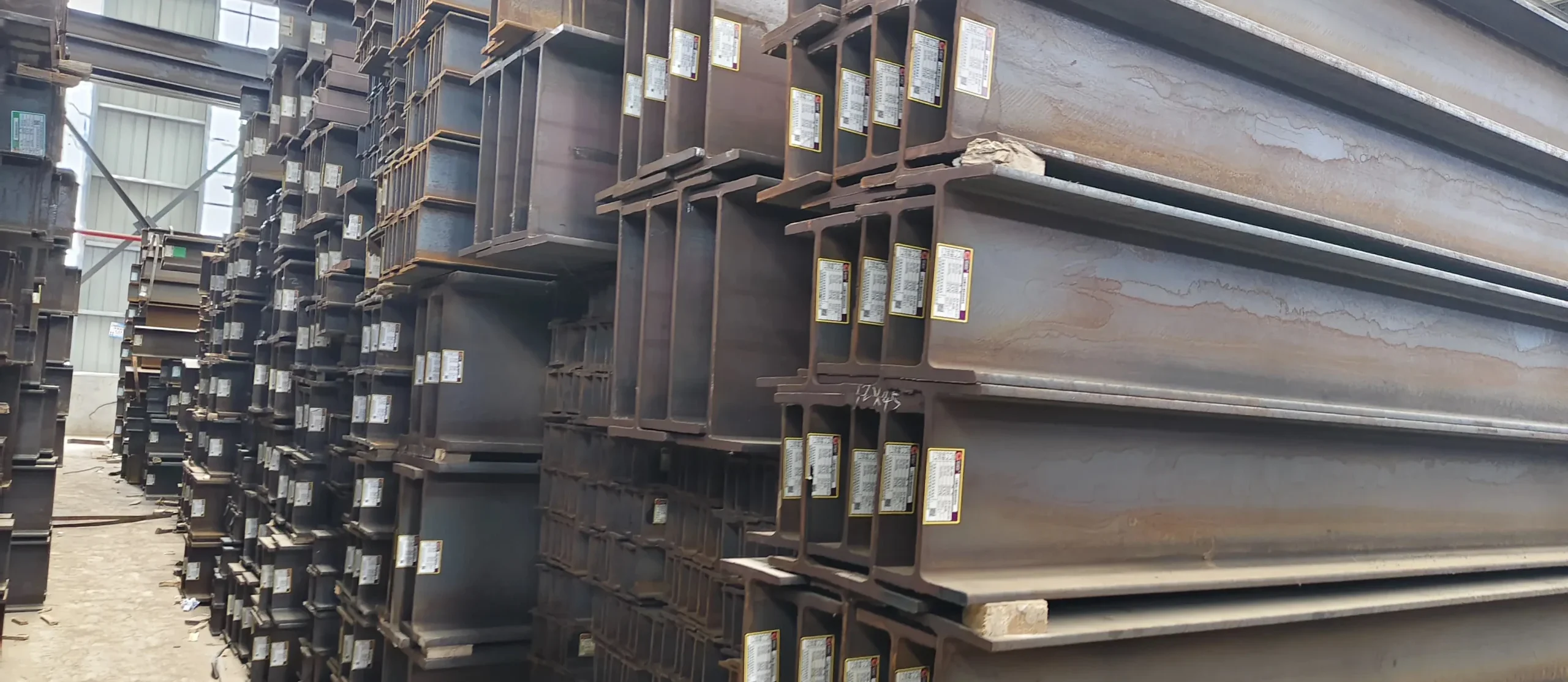MT and PT Testing
What is MT and PT testing in NDT? What is the difference between MT and PT? Are they available for our stainless steel pipe fittings? The article will tell you the difference.
What is MT testing
MT is Magnetic particle testing. This method is the interaction between the magnetic field leakage from the defects of workpiece and magnetic powder. If there are any defects on steel surface and near surface (such as cracks, slag inclusion, grain, etc.), the permeability of surface will be different from steel’s original permeability. Therefore, the magnetic field will become discontinued, and form magnetic field distortion, leading to the magnetic field leakage of workpiece. The magnetic powder will be attracted and accumulated by the distortion, and form magnetic trace. If the light conditions are available, the defect location and shape will be shown, so that we can observe and explain these powders.
What is PT Testing
Liquid penetrating test, known as PT, is a kind of non-destructive testing (NDT testing). It is used to detect some crack damages that eyes cannot identify, such as detection of near surface defects (cracks) stainless steel material, porosity, loose, layered, incomplete fusion and incomplete fusion defects etc.

What is the difference between MT and PT
I. Different principles
MT Testing: This method is to detect the defects on or near the surface of ferromagnetic materials by magnetic powders in the magnetic field leakage. This requires to magnetizes the products, so that the defect part can attract magnetic powders. Thus, the defects on or near the surface can be observed.
This method is simple and intuitive. This test method belongs to magnetic testing, and other magnetic testing includes: using hall components and magnetic sensitive semiconductor components; using magnetic tape recording; and using coil induction electromotive force.
Penetrant Testing: This method is to use colorant to spread on the surface of the material, and the colorant will penetrate the damaged areas. Then cleaning the colorant after placing it for a while, and sprinkling the developer. After this, the damaged area can be seen clearly.
This method is achieved by capillary phenomenon: the permeable liquid will wash off the colorant which has penetrated the defects. And residual colorant will be absorbed due to capillary action. Therefore, the defects can be detected.

II. Different Applications
Magnetic particle testing: In industrial field, this test can be used as the final inspection of the finished product, to make sure that no harmful defects to be left on the surface after various processing procedures (such as welding, metal heat treatment, grinding). Besides, it can also be used for the inspection of semi-finished products and raw materials such as bars, billets, forgings, castings, etc., to find existing surface defects.
And for the maintenance of important steel parts in railway, aviation and other transportation departments, as well as smelting, chemical, power and all kinds of machinery manufacturers, they also adopt this method to find out if there are any fatigue cracks or other defects in their machines, so that to prevent the equipment from disastrous accidents.
Penetrant Testing: This method is suitable for inspection of dense metal materials (welds), non-metallic materials (glass, ceramics, fluorinated plastics) and opening defects on product surface (cracks, pores, etc.).
III. Different Applicable Materials
Although magnetic particle testing and penetrant testing are non-destructive testing, the materials they can be applied are still different. Previous one uses magnetism of steel and magnetic field to detect the defects, and it is widely used in carbon steel, alloy steel and other materials which has magnetism, such as our ASTM A105 flange, forgings, ASTM A234 WPB and WP11, P22, P5, P91 and other alloy pipe fittings.
What Will We Do for Our Product ?
For most stainless-steel materials, they are always non-magnetic or weak magnetic. Therefore, penetrant testing is the best choice. Kaysuns provides stainless steel pipe fittings and flanges with 100% PT test. Please feel free to contact us if you have any requirements. We will offer you the most reliable resource.



